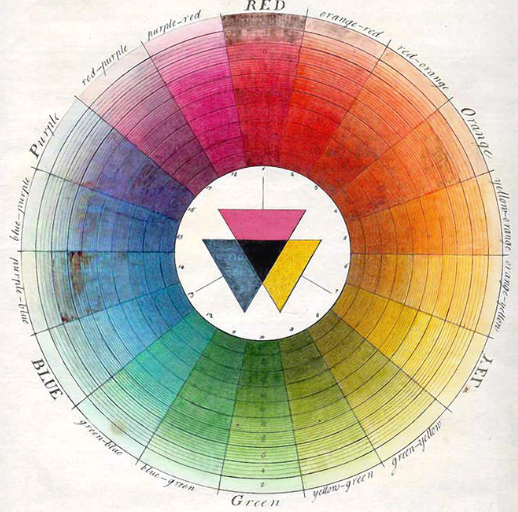
How does Stained Glass get its color?
Stained glass is beautiful to look at but where does this spectacular color come from? The color in stained glass is primarily determined by adding specific metallic oxides and other mineral compounds to the glass while it is molten. The type and concentration of these additives dictate which wavelengths of light the glass absorbs and which it transmits, resulting in a vibrant color. Glass furnace temperatures also can play a significant role in the final appearance of stained glass. Let's dig deeper…..
Common metallic colorants
- Blue: Adding a small amount of cobalt oxide to the molten glass produces a deep, rich blue color. Early Egyptian glassmakers also used copper compounds for blue.
- Green: Chromium oxide creates a powerful emerald-green hue. Iron oxide produces a bluish-green color, which is commonly seen in old bottles. When used with chromium, it creates a richer green.
- Red: Historically, ruby-red glass was made with very expensive gold chloride. A more modern and affordable red is achieved with selenium oxide. Copper compounds can also produce a dull red or a dark, opaque red.
- Yellow: Silver compounds, such as silver nitrate, are used to create yellow to amber hues. This is often applied to the surface of clear glass and then fired to "stain" it. Lead and antimony can also produce yellow. Uranium oxide creates a fluorescent yellow-green color, commonly known as Vaseline glass.
- Purple: Manganese dioxide is used to create colors ranging from amethyst to deep purple. It is also used in small amounts to counteract the green tint from iron impurities, thereby creating colorless glass. Nickel oxide can also produce violet glass.
Coloration techniques
Temperature adjustments
In glassmaking, furnace temperature affects the final color of stained glass through several mechanisms, including the chemical reactions of metallic oxides, the rate of cooling, and the formation of light-scattering particles. Precise temperature control is crucial because it influences the redox state of metal ions and the physical structure of the glass itself.
- Striking glasses: Some colored glasses, known as "striking glasses," change color after being reheated and cooled. For example, "gold ruby" glass appears clear when first melted, with the red color developing as tiny gold particles form during the cooling process.
- Opacifiers: For opaque or semi-opaque glass, other chemicals are added. Tin oxide, for instance, is used to make white or "milk" glass.
- Atmosphere: The atmosphere of the glass furnace can also influence the final color. A reducing (low oxygen) atmosphere might cause a different chemical reaction than an oxidizing (high oxygen) atmosphere, changing the resulting color.
Physical structure and particle formation
Temperature also influences color by controlling the growth of light-scattering particles within the glass.
- "Seedy" glass: If the glass is not melted at a high enough temperature or for a long enough time, undissolved gas bubbles can remain trapped in the glass, making it appear "seedy" or opaque.
- Devitrification: Conversely, heating glass too slowly or holding it at a high temperature for too long can cause devitrification, where the glass crystallizes and develops an unappealing milky appearance.
We hope you enjoyed reading this article and have a better understanding of the science behind the beauty!